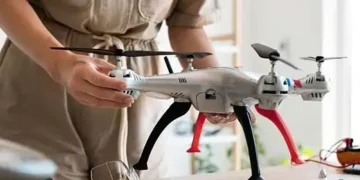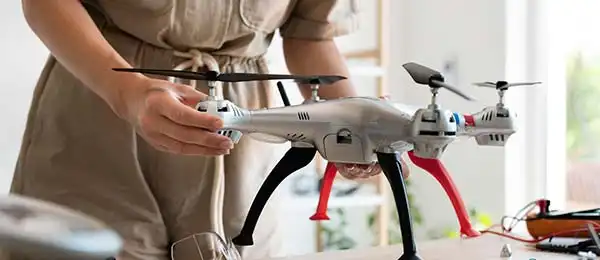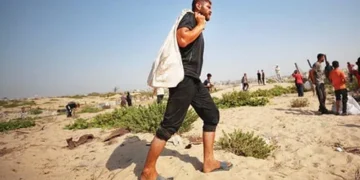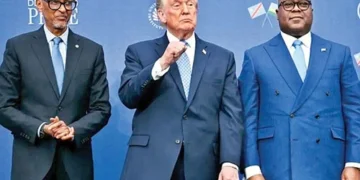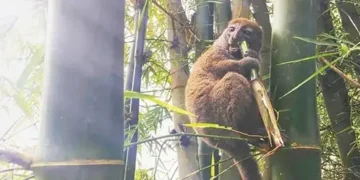The social media ads promised the young African women a free plane ticket, money and a faraway adventure in Europe. Just complete a computer game and a 100- word Russian vocabulary test.
However, instead of a work-study programme in fields like hospitality and catering, some of them learned only after arriving on the steppes of Russia’s Tatarstan region that they would be toiling in a factory to make weapons of war, assembling thousands of Iranian-designed attack drones to be launched into Ukraine.
In interviews with The Associated Press, some of the women complained of long hours under constant surveillance, of broken promises about wages and areas of study, and of working with caustic chemicals that left their skin pockmarked and itching.
Labour shortage
To fill an urgent labour shortage in wartime Russia, the Kremlin has been recruiting women aged 18-22 from places like Uganda, Rwanda, Kenya, South Sudan, Sierra Leone and Nigeria, as well as the South Asian country of Sri Lanka. The drive is expanding elsewhere in Asia as well as Latin America.
That has put some of Moscow’s key weapons production in the inexperienced hands of about 200 African women who are working alongside Russian vocational students as young as 16 in the plant in Tatarstan’sAlabuga Special Economic Zone, about 1,000 km east of Moscow, according to an AP investigation of the industrial complex. “I don’t really know how to make drones,” said one African woman who had abandoned a job at home and took the Russian offer.
The AP analysdsatellite images of the complex and its internal documents, spoke to a half-dozen African women who ended up there and tracked down hundreds of videos in the online recruiting programme dubbed ‘Alabuga Start’ to piece together life at the plant.
Journey documented
The woman who agreed to work in Russia excitedly documented her journey, taking selfies at the airport and shooting video of her airline meal and of the in-flight map, focusing on the word ‘Europe’ and pointing to it with her long, manicured nails.
When she arrived in Alabuga, however, she soon learned what she would be doing and realised it was ‘a trap’. “The company is all about making drones. Nothing else,” said the woman, who assembled airframes. “I regret and I curse the day I started making all those things.”
Tatarstan drone factory
Russia and Iran signed a $1.7 billion deal in 2022, after President Vladimir Putin invaded neighbouring Ukraine, and Moscow began using Iranian imports of unmanned aerial vehicles, or UAVs, in battle later that year. The Alabuga Special Economic Zone was set up in 2006 to attract businesses and investment to Tatarstan. It expanded rapidly after the invasion and parts switched to military production, adding or renovating new buildings, according to satellite images.
Although some private companies still operate there, the plant is referred to as ‘Alabuga’ in leaked documents that detail contracts between Russia and Iran.
The Shahed-136 drones were first shipped disassembled to Russia, but production has shifted to Alabuga and possibly another factory. Alabuga now is Russia’s main plant for making the one-way, exploding drones, according to the leaked documents and Washington-based Institute for Science and International Security
